a. 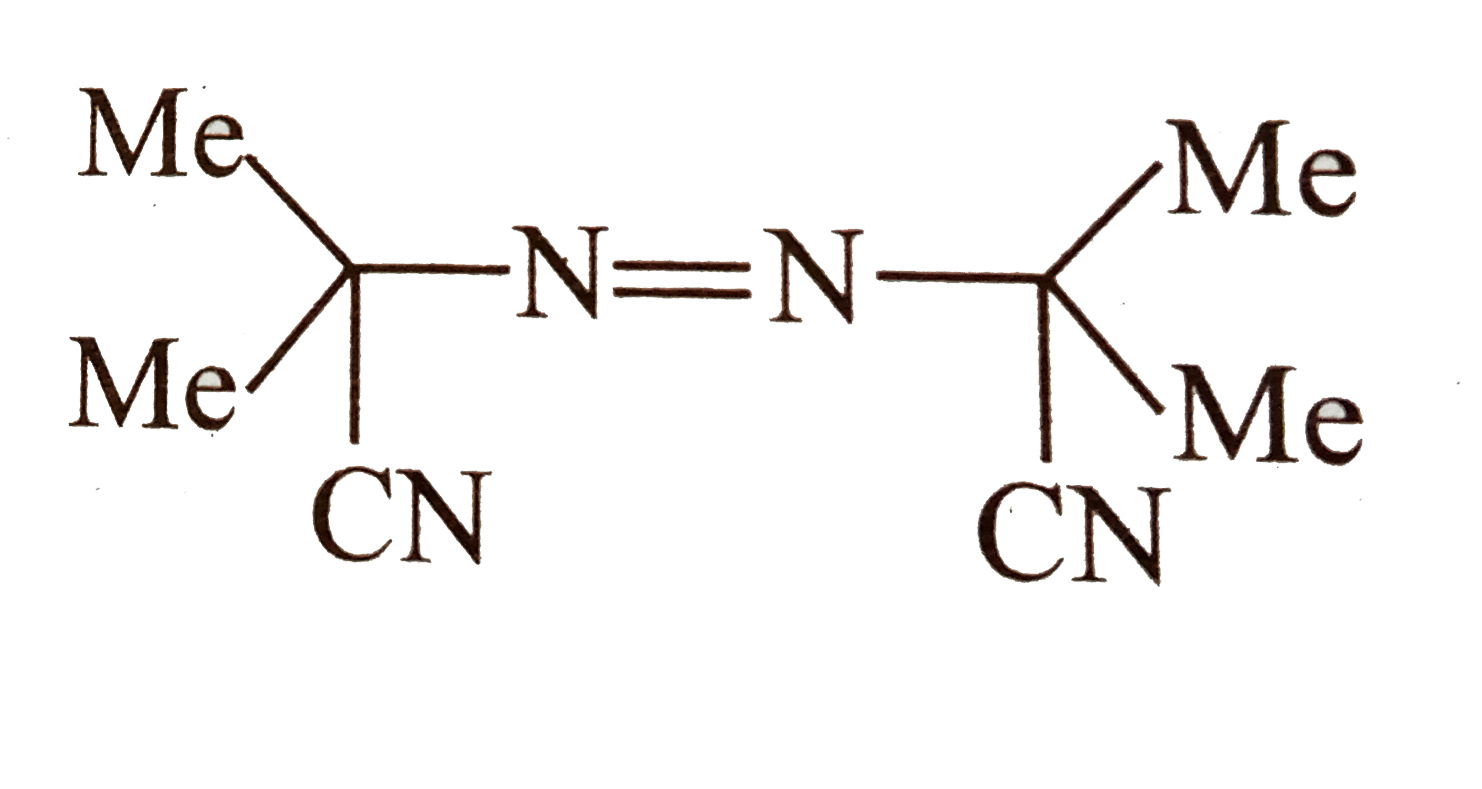
What is the relative abstraction of H and D ?
b. Why free-radical chlorination of CH4 is nearly 11 times faster than CD4 ?
a. i. Number of H atoms abstracted by D =5 and percentage of compound formed =93% . Therefore, reactivity factor for replacement of H atoms =93/5=18.6
ii. Number of D abstracted by C1 = 1 and percentage of compound formed =7%. Therefore, relative factor for D replacement =7/1=7
iii. Relative reactivity of H : D abstraction =18.6/7=2.7:1, i.e., each H is abstracted 2.7 times faster than D.
b. Chemically, H and D are identicsl but (C ----D) bonds are slightly stronger than (C----H) bonds, therefore, the energy of activation of D is greater than that of H. Since abstraction is a slow step, removal of H will be faster.
Relative abstraction of H:D=2.7:1
Relative abstraction of 4H:D≈10.8:1
≈11:1
Topper's Solved these Questions
- ALKANES AND CYCLOALKANESBOOK - CENGAGE CHEMISTRYCHAPTER - ALKANES AND CYCLOALKANESEXERCISE - Paragraph for problem
24 Videos
- ALKANES AND CYCLOALKANESBOOK - CENGAGE CHEMISTRYCHAPTER - ALKANES AND CYCLOALKANESEXERCISE - True and False
1 Videos
- ALKANES AND CYCLOALKANESBOOK - CENGAGE CHEMISTRYCHAPTER - ALKANES AND CYCLOALKANESEXERCISE - SOLVED EXAMPLES
19 Videos
- ALKENES AND ALKADIENESBOOK - CENGAGE CHEMISTRYCHAPTER - ALKENES AND ALKADIENESEXERCISE - Single correct Answer
14 Videos
Similar Questions
Knowledge Check
Slect the chain propagation steps in the free-radical chlorination of methane.
1. Cl2→2Cl⋅
2. Cl⋅+CH4→CH3Cl+H⋅
3. Cl⋅+CH4→CH⋅3+HCl
4. H⋅+Cl2→HCl+Cl⋅
5. CH⋅3+Cl2→CH3Cl+Cl⋅A2, 3, 5B1, 3, 6C3, 5D2, 3, 4Select the chain propagation steps in the free-radical chlorination of methane.
(1) Cl2→2Cl⋅ (2) Cl⋅+CH4→CH3Cl+H⋅
(3) Cl⋅+CH4→CH⋅3+HCl (4) H⋅+Cl2→HCl+Cl⋅
(5) CH⋅3+Cl2→CH3Cl+Cl⋅A2,3,5B1,3,6C3,5D2,3,4Free radical halogenation takes place in the presence of light or at high temperature (abov 773K.) Formation of halogen free radical intermediate takes place in first step called chain initiation step.
CI2hv−−→2CI
This reaction is mainly given by those compound which have atleast one hydrogen atom present at sp3−hybrid carbon.
Reactivity of sp3−hybrid carbon depends on the reactivity of reaction intermediate.
The relative rate of formation of alkyl radicals by a chlorine radical is :
Tertiary(5)>Secondary(3.8)>Primary(1)
Percentage yield of the prodcut =Relative amount×100Sum of relative amounts
Relative amount = Number of hydrogen atoms on the respective carbon × relative reactivity.
NBS (N-bromo succinimide) is used for bromination at allylic and benzylic carbon, whereas Br2/hv gives bromination at benzylic allylic and alkyl carbon.
CH3CH2CH2CH3+CI2hv−−−−−→Light
CH3O∣CHCH2CH32-Chlorobutane+CH3CH2CH2CI1-Chlorobutane
Percentage yield of 2-chlorobutane will be:A1521×100B2121×100C621×100D321×100
Two flasks A and B have equal volume at 100K and 200K and have 4atm and 1atm pressures, respectively. The flasks A contains H2 gas and B contains CH4 gas. The collision diameter of CH4 is twice that of H2.
(i) Which of the following is true about the mean free path (λ) of the molecules?
(a) λ of H2 is twice that of CH4.
(b) λ of CH4 is twice that of H2.
(c) λ of H2 is four times that of CH4.
(d) λ of CH4 is four times that H2.
(ii) Which of the following is true about the viscosity of the gases?
(a) Viscosity of H2=2× viscosity of CH4
(b) Viscosity of H2=3× viscosity of CH4
(c) Viscosity of H2= viscosity of CH4
(d) Viscosity of H2=12× viscosity of CH4
View SolutionExplain the following :
(a) Why MeNH⊕CH2 (I) is more stable more than MeCH2⊕CH2 (II) when both are 1∘ carbocations ?
(b) Which of the following intermediate is unstable ?
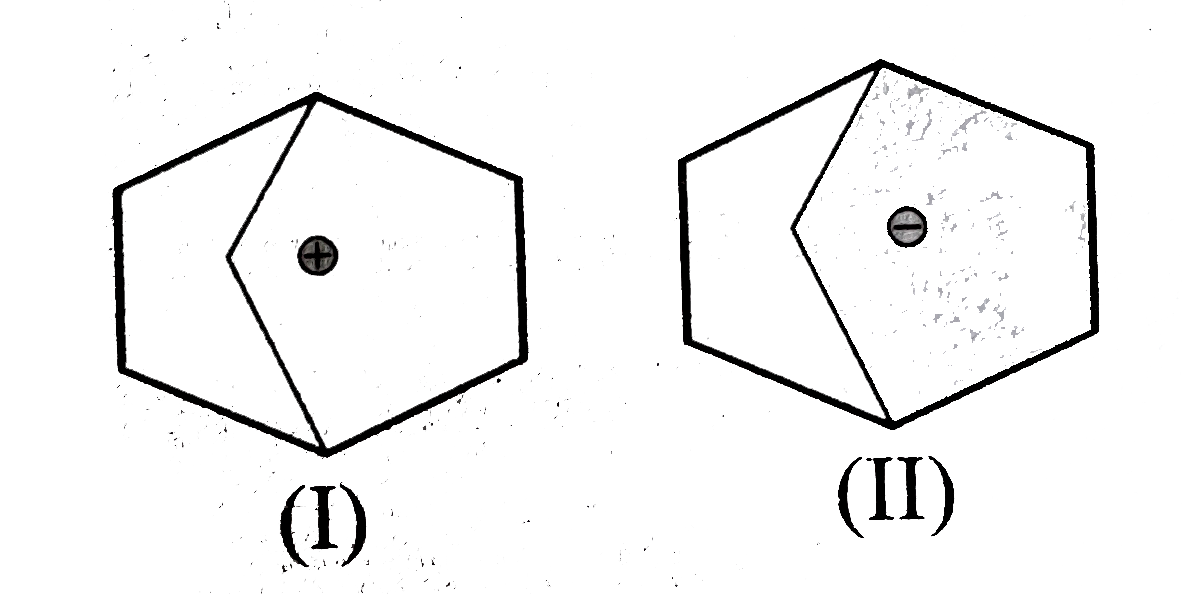
( c) Why allylic free radical (CH2−CH=CH2)(I) is more stable than propy1 free radical (.CH2−CH2−CH3)(II), when both are 1∘ free radicals ?
View SolutionExplain the following :
(a) Why MeNH⊕CH2 (I) is more stable more than MeCH2⊕CH2 (II) when both are 1∘ carbocations ?
(b) Which of the following intermediate is unstable ?

( c) Why allylic free radical (CH2−CH=CH2)(I) is more stable than propy1 free radical (.CH2−CH2−CH3)(II), when both are 1∘ free radicals ?
(d) Arrange the following in the decreasing order of their stabilities :
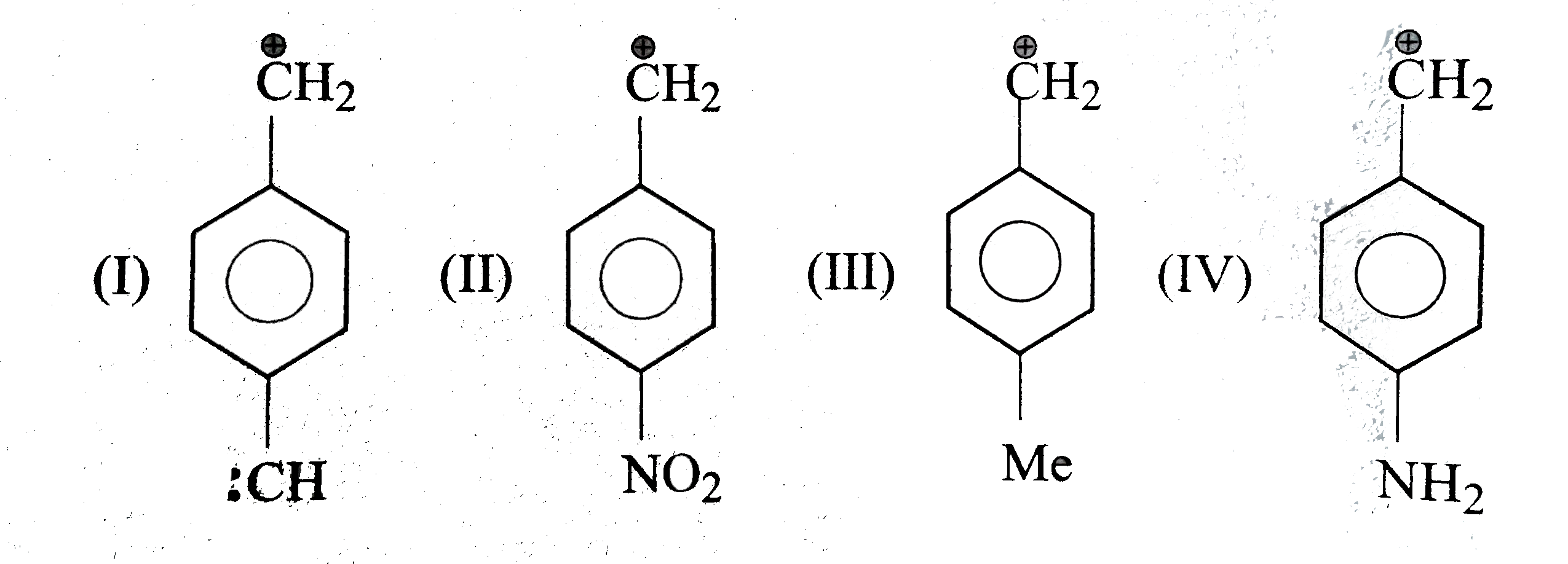
( e) Which of the following resonance structures of p−nitro phenoxide is not feasible ?
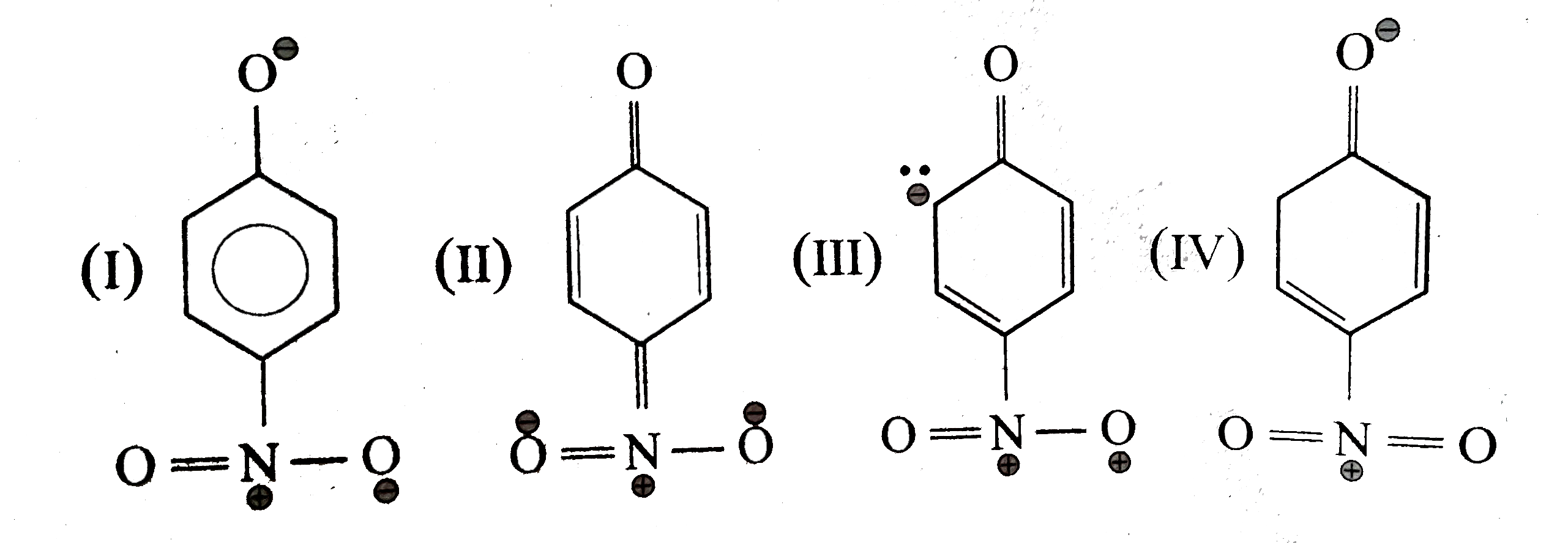 .
.
(f) Which of the more stable carbocation ?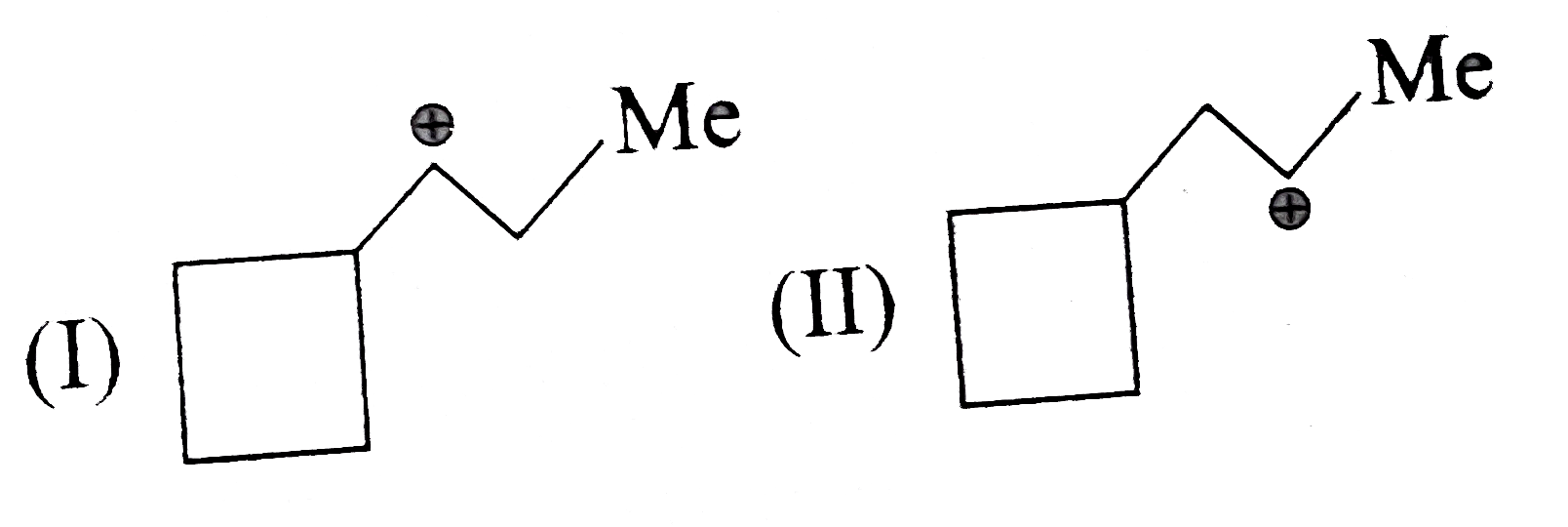 .
.
View SolutionTwo flasks A and B have equal volume at 100K and 200K and have 4atm and 1atm pressures, respectively. The flasks A contains H2 gas and B contains CH4 gas. The collision diameter of CH4 is twice that of H2.Which of the following is true about the mean free path (λ) of the molecules?
(a) λ of H2 is twice that of CH4.
(b) λ of CH4 is twice that of H2.
(c) λ of H2 is four times that of CH4.
(d) λ of CH4 is four times that H2.
View SolutionAssertion : Reaction between protium and chloride is much faster than between deuterium and chlorine.
Reason : Enthalpy of dissociation of D2 is less than H2.
View Solution
